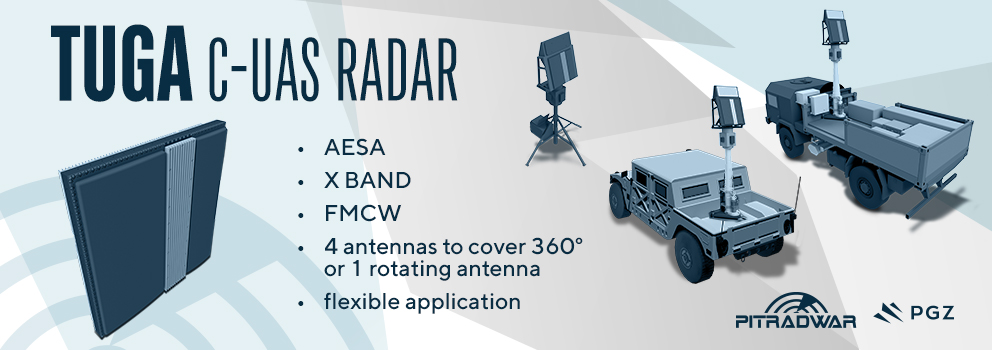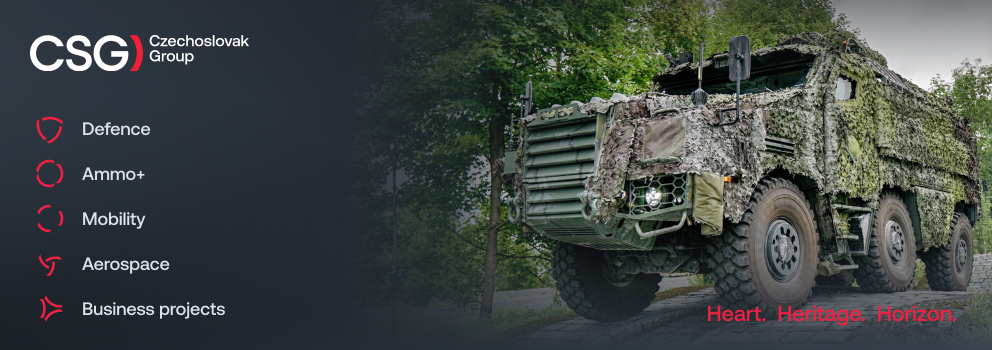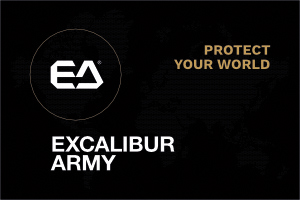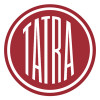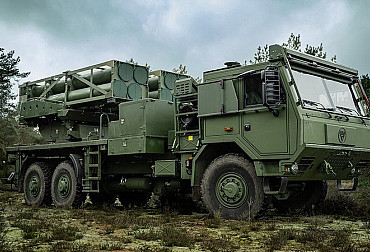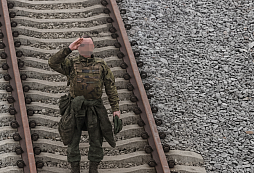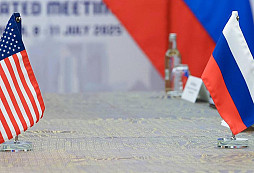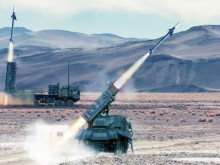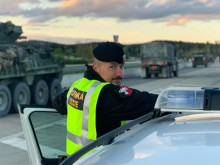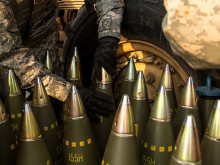Czech volunteers in Ukraine: Who they are, why they went, and what they do?
In response to Russia's invasion of Ukraine in 2022, not only the Ukrainian nation but also volunteers from around the world, including the Czech Republic, joined the conflict. Czech aid to Ukraine was not limited to the supply of weapons, military equipment, and humanitarian support, but also included the involvement of individuals who decided to support Ukraine directly on the front lines.
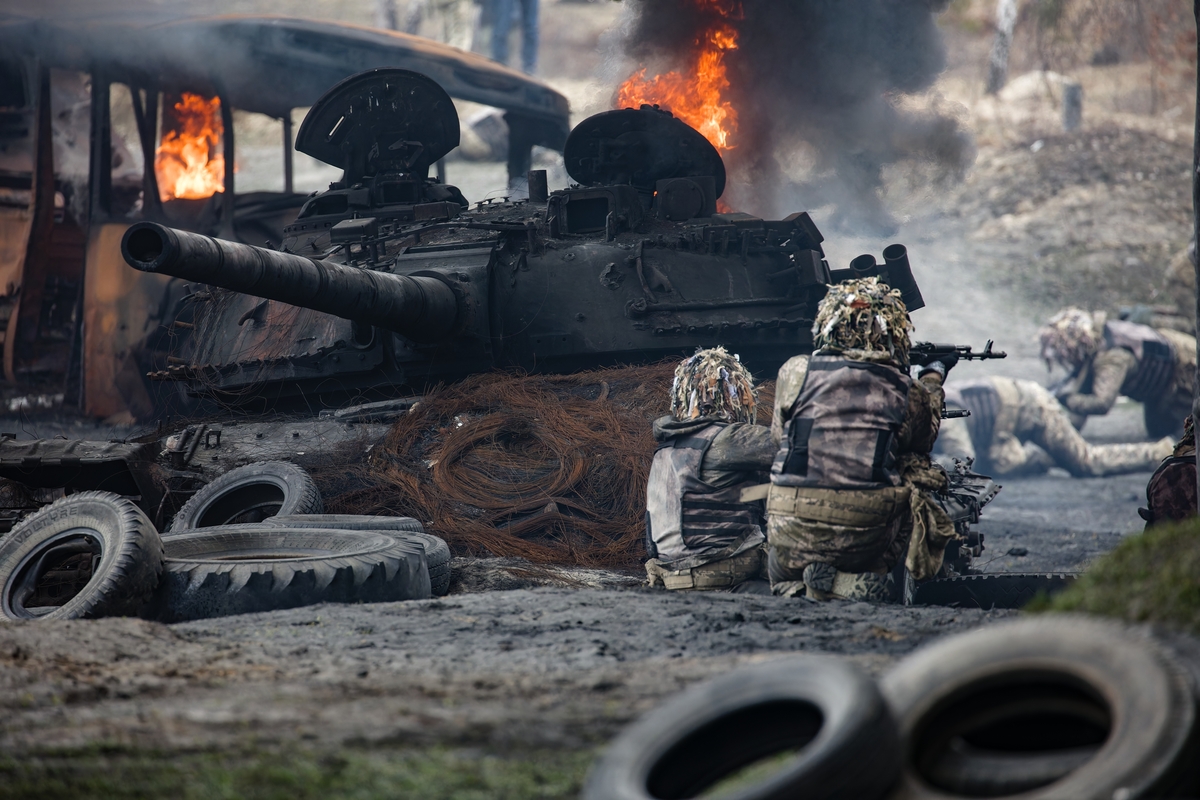
Volunteers from the Czech Republic in Ukraine come from different age groups and professional backgrounds. Some have previous military training or expertise, for example in medicine, logistics, or technical fields. Others are civilians who have decided to get involved for personal reasons and undergo the necessary training on site. The media feature stories of experienced soldiers, students, and humanitarian workers who are active on the front lines and behind the scenes.
Why volunteers are going to Ukraine
Volunteers who have decided to leave their home countries and join the fight in Ukraine have different motivations. The main reasons include ideological beliefs, a search for “meaning in life,” geopolitical worldviews, and humanitarian reasons.
One of the most common reasons for getting involved in the conflict is ideological motivation. Many volunteers perceive the war in Ukraine as a direct threat to Europe and its values, seeing Ukraine as a key player in the defense of freedom, democracy, and human rights against Russia, which is based on different values. This motivation has strong roots in the historical and cultural ties between the Czech Republic and Ukraine, where volunteers feel part of a broader European struggle against Russian imperialism (in practice, however, this is more a case of revanchism).
For some volunteers, the motivation is personal, linked to a search for meaning in life and a desire to face the challenges that war brings. Some feel guilty about the relative peace and quiet in the Czech Republic and want to get involved in the fight against evil elsewhere. This personal motivation often stems from a deep conviction that evil must be confronted, which can be linked to a search for personal fulfillment and meaning in life. Some volunteers see participation in the conflict as a way to strengthen their identity and prove to themselves that their lives have greater meaning than the daily routine.
Political reasons also play a role in the volunteers' decision. Many of them are motivated by their disagreement with Russian expansion or with the Russian state in general, which they perceive as a threat to stability not only in Europe but also in a broader geopolitical context. This stance is in line with the policy of the Czech Republic, which has actively supported Ukraine at the international level since the beginning of the conflict, whether through military aid, humanitarian support, or political pressure on Russia. This political line is then carried over into the personal decisions of volunteers who are convinced of the need to fight against the authoritarian regime in Russia.
Humanitarian motivations are also very strong. Many volunteers have decided to help Ukraine not only on the front lines, but also in areas where basic necessities must be provided to civilians affected by the war. Doctors, paramedics, and NGO workers have decided to join missions focused on providing first aid, assisting with evacuations, and providing essential medical care.
What are Czech volunteers doing in Ukraine?
Czech volunteers who have decided to join Ukraine in its defense against Russian aggression are engaged in a wide range of activities. Their involvement is not limited to military assistance, but also extends to humanitarian, political, and media support. However, one of the main contributions of Czech volunteers in Ukraine is their direct involvement in combat operations. These volunteers, whether former soldiers or those who have undergone military training, are directly involved on the front lines, fighting alongside Ukrainian soldiers. According to available information, our “legionnaires” are serving or have served in the following units:
53rd Separate Mechanized Brigade – was established in 2014 and currently consists of seven frontline battalions (one tank, three rifle, two mechanized, and one motorized), supported by two unmanned aerial vehicle battalions and one air defense battalion. Information about the presence of Czechs, or rather a Czech, in this brigade was reported by Aktuálně.cz, which published an interview with the legionnaire in question. As is often the case in such reports, his identity remained secret. The volunteer mentioned above works as an intelligence officer in the unit.
56th Separate Motorized Brigade – its history dates back to 2015, when three territorial defense battalions formed the basis of its structure. Currently, the brigade consists of one tank battalion, three rifle battalions, one penal battalion, and three motorized battalions. They are supported by one battalion with air defense assets and four artillery units armed with Grad multiple rocket launchers, DANA self-propelled howitzers, D-20 towed howitzers, and MT-12 anti-tank guns. A Czech volunteer nicknamed Mac is also fighting against Russia in this brigade.
Czechs are also part of the 72nd Separate Mechanized Brigade, which currently consists of three mechanized battalions, two rifle battalions, and one tank battalion. It also includes a penal company. Support is provided by one unmanned aerial vehicle battalion and one air defense battalion. The brigade's artillery consists of four units (two self-propelled, one rocket launcher, and one anti-tank).
A number of Czech volunteers also took part in combat operations as part of the 49th Carpathian Sich Assault Battalion. The unit with this designation was originally formed in 2014 as a volunteer unit, but was disbanded two years later. It was re-established after the start of the Russian invasion, initially as a rifle battalion, later reorganized into an assault battalion. The core of the unit consists of five assault companies and one tank company.
Probably the largest concentration of Czech volunteers is in the “corps” of the International Legion. It is divided into four legions (units approximately the size of a battalion) and one medical battalion. Interestingly, according to statements by Czech volunteers published by news websites, the International Legion was not the most popular choice. Many of them saw it as a last resort if they failed to get into a more “lucrative” unit.
Unclear statistics on Czechs in Ukraine
How many compatriots left for Ukraine to fight, how many of them did so with the “blessing” of the president, and are there any casualties among our volunteers? These questions are not easy to answer. Given that many of them left for Ukraine without permission to serve in a foreign army, our authorities do not have complete statistics on the number of legionnaires involved in the war in Ukraine. During his presidential term, Miloš Zeman granted permission to 132 applicants out of 477. His successor, Petr Pavel, did so in 2023 for 20 applicants and last year for 40, three of whom were women. This means that a total of just under 200 applications were approved, whereas the total number of combatants, including those who joined the Ukrainian army without permission, is in the hundreds.
And what about the fallen? Officially, our authorities have recorded four such cases. The first was Michal, nicknamed “Španěl” (Spaniard), who was killed in a mortar attack in the Donetsk region in June 2022. In March of the following year, a 22-year-old volunteer named Karel, nicknamed “Charlie Czech,” was killed while defending Bakhmut. The third was a medic named Martin, nicknamed “Taylor,” who was seriously wounded in the Luhansk region. He succumbed to his injuries at the Central Military Hospital in Prague on May 15, 2023, at the age of 38. The last recorded casualty is Tomáš, who died defending Avdiivka in February last year. However, it can be assumed that the number of Czech casualties is actually higher.
